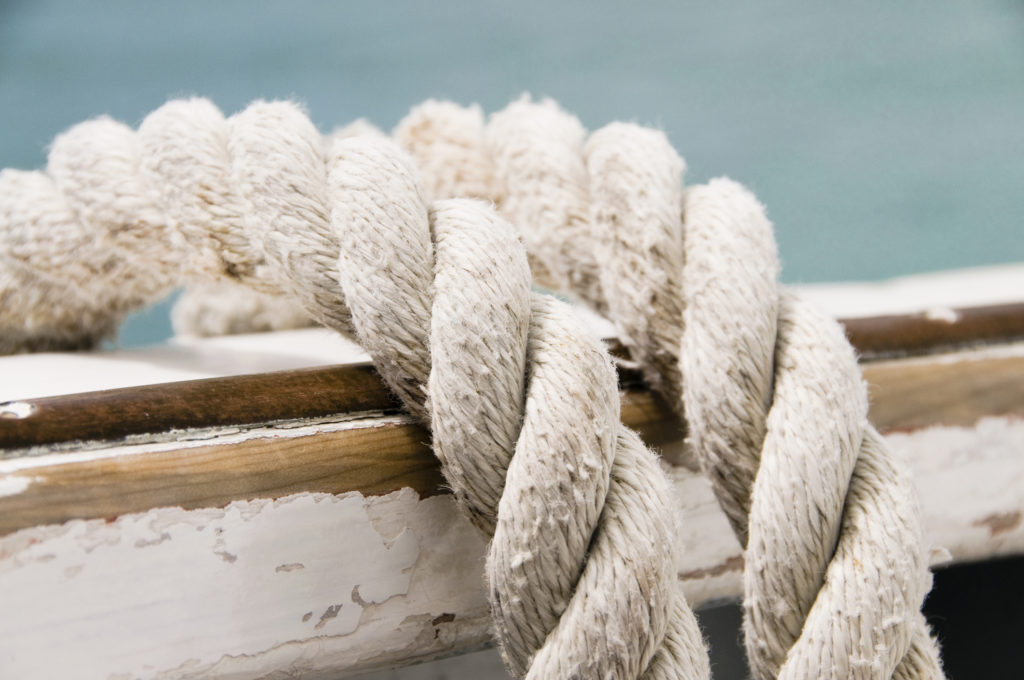
For a lot of people, the phrase “unseaworthy” conjures up images of damaged boats with faulty hulls and leaks everywhere – but the reality goes much deeper than that.
Unseaworthy vessels, as defined by American maritime law, are any vessel where a given aspect isn’t suitable for its intended purposes. And even above and beyond the typical concerns (such as damage to the vessel itself), the doctrine of unseaworthiness covers anything in use aboard the vessel as well.
As a result, faulty or damaged equipment can be considered “unseaworthy” as well under the right conditions. If a necessary tool, component, or other onboard equipment is unable to safely perform its intended task, it could prove dangerous to the vessel or its crew – and could be found unseaworthy even if the vessel itself seems to be in good working condition.
Common Examples of Unseaworthy Equipment
There’s a lot of tools that need to be used when working on a vessel in navigation, no matter what the job of the vessel is (cargo, commercial fishing, etc), and if any of that equipment fails it could pose a massive risk to the safety of the crew. A few common examples of equipment that can be found unseaworthy include:
- Misused equipment, causing overheating, overloading, or other risks of damage
- Frayed safety lines and ropes, causing equipment to come unattached
- Broken winches and other mechanical equipment
- Unrepaired wear and tear, such as the supports on a ladder coming loose or a commonly-used power tool no longer able to perform its intended function
- Malfunctioning or disused safety equipment, such as goggles, knee pads, and gloves, causing higher risk of damage or injury during normal use
- Improperly performed engine maintenance, or any work not adhering to the maintenance schedule of the engine, causing a higher risk of damage or breakdown
- Missing, expired, or inadequate medical equipment
No matter what your vessel does, a lack of proper maintenance or oversight on needed equipment can result in the inability for the crew to perform their duties – or worse, putting them at greater risk for harm.
Common Risks Posed by Unseaworthy Equipment
The types of equipment onboard vessels can take many shapes and forms, but the risks posed by letting them fall into disrepair are consistent across the board.
- Winch injuries from malfunctioning winches, cranes, or other motorized supports
- Crushing injury from items falling from frayed ropes, damaged cargo holders, and the like
- Burn injuries from disrepaired steam pipes or improperly maintained engine components
- Slip and fall injuries from missing or damaged safety implements (railings, handholds, etc)
- Illness from unsanitary conditions, stemming from a lack of cleaning supplies or janitorial equipment
While these are the most common injuries under these conditions the forms these injuries can take are varied, and are always dangerous.
Have You Been Injured By Unseaworthy Equipment?
If you’ve been injured by a lack of maintenance or upkeep in the equipment on a vessel you have worked or traveled on, O’Bryan Law can help.
After receiving medical treatment for your injuries, contact O’Bryan Law with the details of your injury. We can help you review the facts behind your case and help you fight for the justice – and compensation – you deserve, from lost wages to medical expenses and everything in between.



